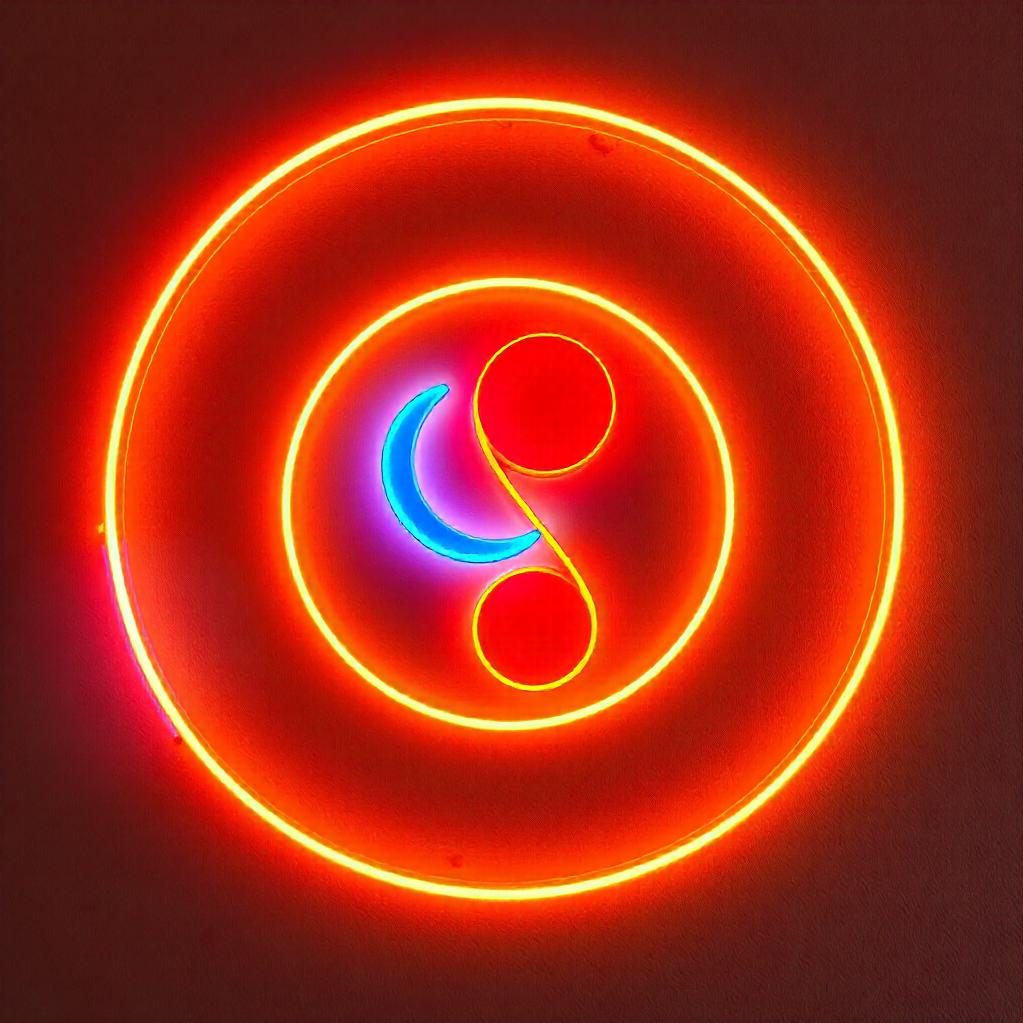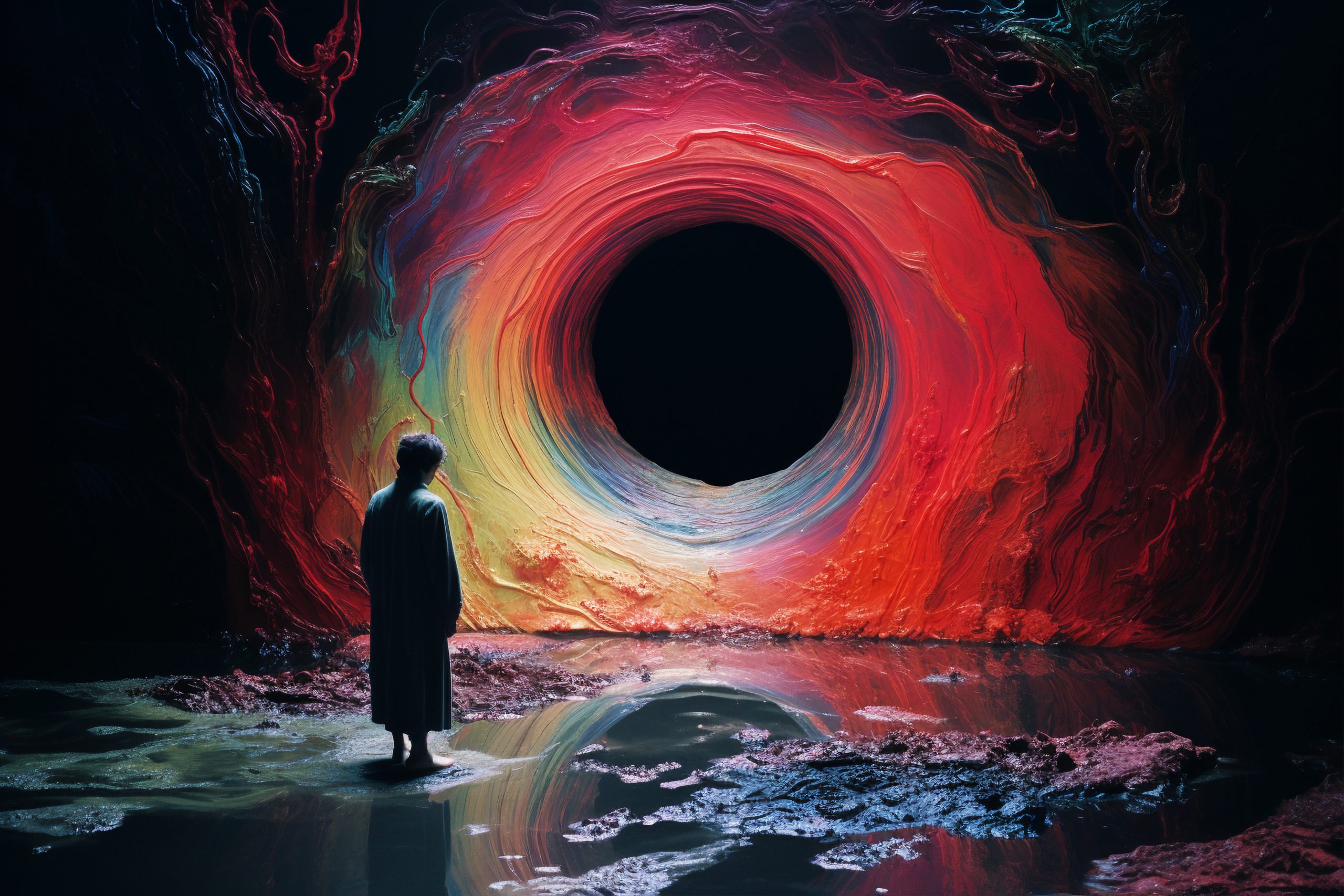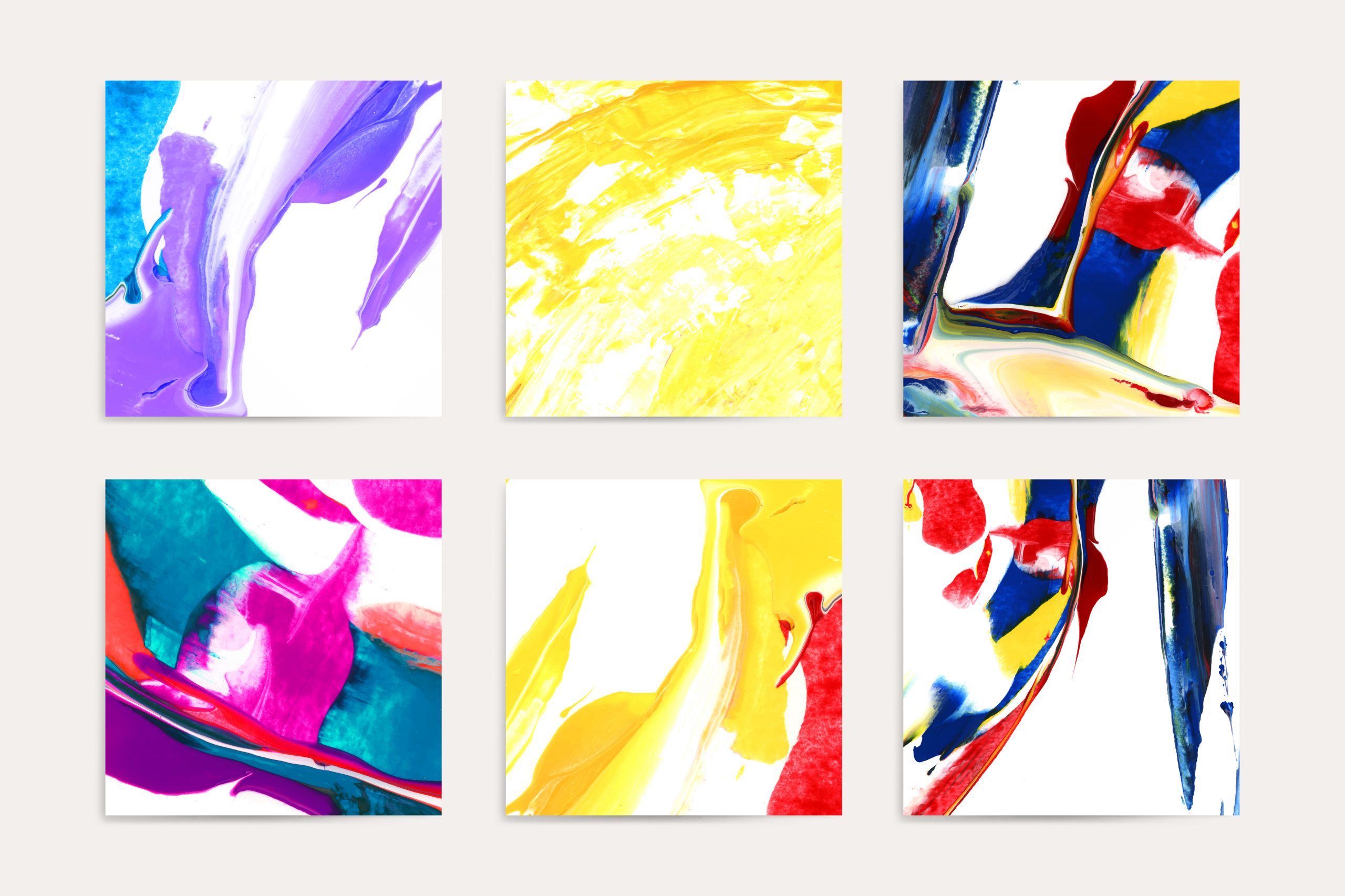Abstract art often seems like a mysterious and perplexing genre. With its departure from realistic representation, abstract art challenges both artists and viewers to experience art in a new, unconventional way. But what is abstract art, and why does it hold such a powerful place in the contemporary art world? In this article, we explore the essence of abstract art, its origins, and why it remains a transformative experience for many.
1. Defining Abstract Art
Abstract art is a style that doesn’t aim to represent objects or scenes as they appear in real life. Instead, it emphasizes shapes, colors, lines, and forms that don’t correspond to anything recognizable in the natural world. Rather than focusing on the subject matter, abstract art draws attention to the elements of design and expression.
Unlike traditional representational art, where the viewer can easily identify figures or landscapes, abstract works evoke emotion or ideas without relying on literal depictions.
2. The Origins of Abstract Art
Abstract art emerged in the early 20th century as artists began to question traditional artistic norms and explore new ways to represent reality.
One of the pioneers of abstract art, Wassily Kandinsky, believed that art should not be confined to representational depictions and could instead communicate directly with the viewer’s emotions through color and form. Kandinsky’s work, along with that of other key figures like Piet Mondrian and Kazimir Malevich, marked the beginning of an era where non-representational art flourished.
During this time, artists were also influenced by new developments in science, philosophy, and technology, which encouraged them to look beyond the surface of things and explore the unseen aspects of the world.
3. The Language of Abstract Art
Unlike representational art, abstract art doesn’t rely on easily identifiable images. Instead, it communicates through:
- Color: Color choices in abstract art often serve as emotional triggers, setting the mood or tone of the piece.
- Line and Shape: Lines and shapes become the primary tools for creating rhythm, movement, and structure in the composition.
- Texture: Some abstract artists use texture to create depth or emphasize certain areas of the artwork.
- Composition: The arrangement of elements within the artwork can suggest balance, chaos, tension, or harmony, guiding the viewer’s experience of the piece.
Abstract art invites viewers to interpret these visual elements in personal ways, making the experience more subjective and open-ended.
4. Embracing the Unknown
One of the defining aspects of abstract art is its ability to leave the meaning open-ended. Unlike traditional art, where viewers can point to a subject (like a person, object, or landscape), abstract art doesn’t always provide a clear reference.
This creates a sense of mystery and encourages a deeper exploration of the artwork. Each viewer brings their own experiences, emotions, and interpretations to the piece, making the journey into abstract art a unique and personal experience.
By embracing ambiguity and removing recognizable references, abstract artists encourage us to experience art not just through our eyes but also through our emotions, thoughts, and senses.
5. Why Abstract Art Matters Today
In contemporary society, abstract art continues to be relevant because it allows us to step beyond the confines of reality and explore new dimensions of human experience. It’s an invitation to think beyond what we see, to challenge our assumptions, and to embrace the unknown.
Abstract art is a reminder that art doesn’t need to mirror the world around us to have meaning or impact. Its power lies in its ability to provoke thought, evoke emotion, and spark conversation. It challenges us to see art not just as something to be looked at but as something to be felt and experienced.
Conclusion
Understanding abstract art requires an open mind and a willingness to engage with the unfamiliar. By focusing on color, shape, and form, abstract art offers a powerful means of expression that transcends the limitations of traditional representation. While abstract art may initially seem difficult to understand, it is ultimately a journey into the unknown—one that invites viewers to interpret, reflect, and experience art in a deeply personal way.



